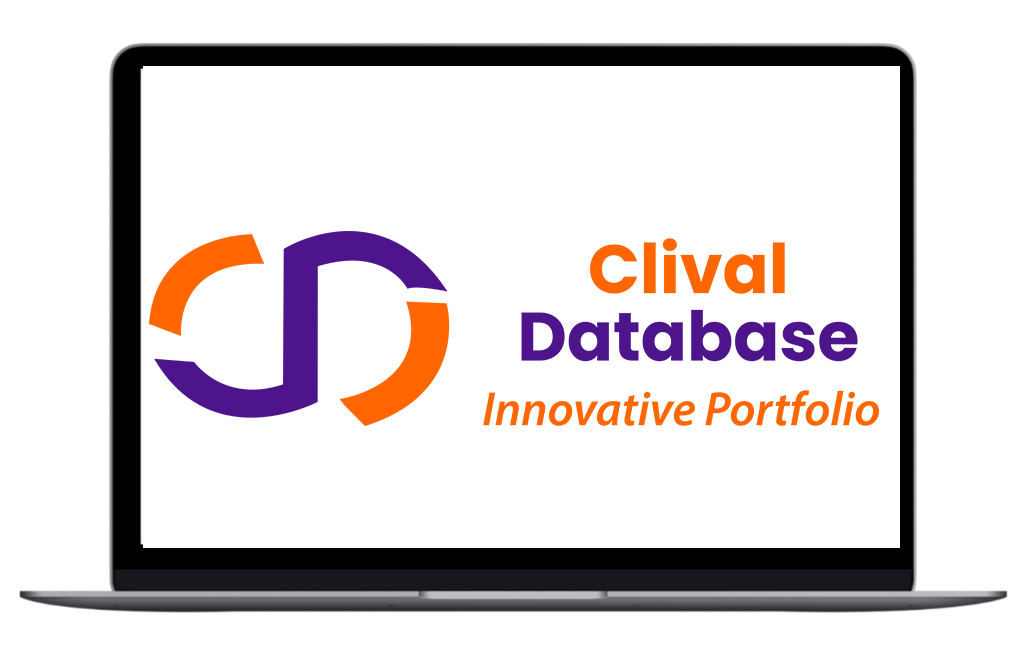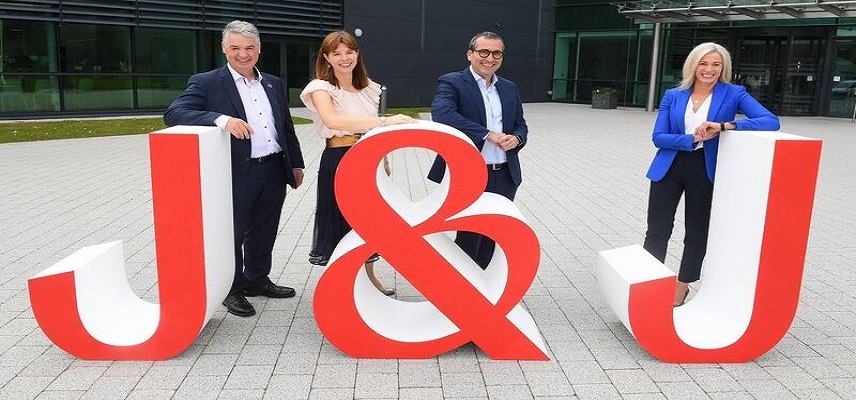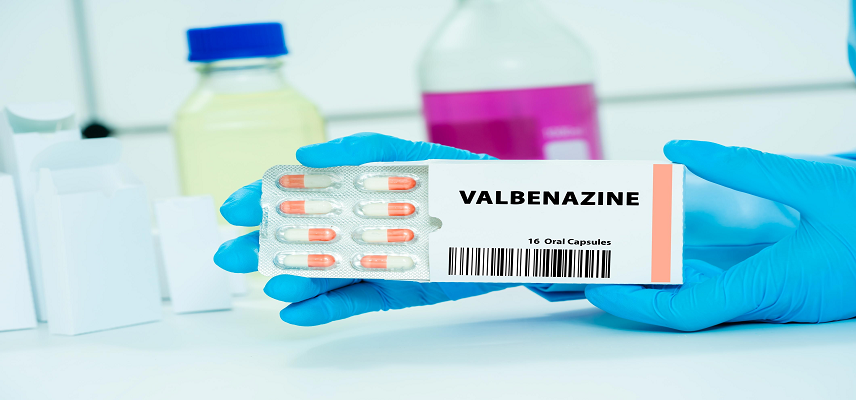J & J Announces Positive Results from Phase 2/3 Vibrance-MG Study of Nipocalimab
Johnson & Johnson announces positive results from phase 2/3 Vibrance-MG study of nipocalimab in adolescents living with generalized myasthenia gravis
Overview
Johnson & Johnson announced positive results from the phase 2/3 Vibrance-MG study of nipocalimab in anti-AChRa positive adolescents (aged 12 – 17 years) living with generalized myasthenia gravis (gMG). Study participants who were treated with nipocalimab plus standard of care (SOC) achieved sustained disease control as measured by the primary endpoint of immunoglobulin G (IgG) reduction from baseline over 24 weeks, and secondary endpoints of improvement in MG-ADLb and QMGc scores.
phase 2/3 Data Presentation at AANEM Meeting
These phase 2/3 data will be featured in an oral presentation (Abstract #MG100) at the Myasthenia Gravis Foundation of America (MGFA) Scientific Session during the American Association of Neuromuscular & Electrodiagnostic Medicine (AANEM) Annual Meeting, where Johnson & Johnson will present 25 abstracts.
Statement from an Expert on Vibrance-MG study
- Findings from the Vibrance-MG study underscore the potential of this investigational therapy for young individuals aged 12 – 17 living with gMG. Results show a significant reduction in IgG of approximately 70% in adolescents and a clinical benefit that is consistent with the Vivacity-MG3 study in adults,” said Jonathan Strober, M.D., director of clinical services for child neurology and director of the muscular dystrophy clinic at UCSF Benioff Children’s Hospital.
- It is encouraging to see these positive results as there are currently no approved advanced treatment options for this adolescent population in the United States.
Stats About Myasthenia Gravis
About 10% of new cases of myasthenia gravis are diagnosed in adolescents (12 – 17 years of age) and the severity of gMG in pediatric patients is heightened with 43% having experienced over five hospitalizations in their lifetime, 46% having at least one intensive care unit stay and 68% having periods of exacerbated disease.
Outcomes of Using Nipocalimab
- Treatment with nipocalimab plus SOC met the study’s primary endpoint of reduction in total serum IgG (-69%), and the two secondary endpoints of MG-ADL and QMG, which are measures of disease activity.
- Four of five patients achieved minimum symptom expression (MG-ADL score 0-1) by the end of their treatment phase.
- Nipocalimab was well-tolerated over the six-month period, similar to tolerability seen in adult participants in the Vivacity-MG3 study.
- There were no serious adverse events and no discontinuations due to an adverse event.
Phase 2/3 Results in Adolescents
- Presented for the first time, these open-label phase 2/3 results in adolescents are consistent with findings from the pivotal study of nipocalimab in adult patients with gMG.
- Nipocalimab when added to SOC is the first FcRn blocker to demonstrate sustained disease control in a registrational trial as measured by improvement in MG-ADL over placebo plus SOC over a period of six months of consistent dosing (Q2 week) among adults living with gMG.
Statement from the J & J Innovative Medicine
- The Vibrance-MG data add to the expanding clinical profile of nipocalimab and highlight its potential for adolescents living with gMG who are in need of new treatments,” said Sindhu Ramchandren, M.D., executive medical director, neuroscience, Johnson & Johnson Innovative Medicine.
- We are committed to developing innovations for autoantibody-driven neurological diseases, like gMG, with the aim of transforming the lives of people living with these conditions.
Application for Nipocalimab to Treat gMG.
Earlier this year, Johnson & Johnson announced the submission of applications to the US Food and Drug Administration (FDA) and the European Medicines Agency (EMA) seeking approval for nipocalimab for the treatment of gMG.
About the Disease: Myasthenia Gravis
- Myasthenia gravis (MG) is an autoantibody disease in which the immune system mistakenly makes antibodies (e.g., anti-acetylcholine receptor [AChR], anti-muscle-specific tyrosine kinase [MuSK] or anti-low density lipoprotein-related protein 4 [LRP4]), which target proteins at the neuromuscular junction and can block or disrupt normal signalling from nerves to muscles, thus impairing or preventing muscle contraction.
- The disease impacts an estimated 700,000 people worldwide.
- Approximately 10 to 15% of new cases of MG are diagnosed in adolescents (12 – 17 years of age).
- Among juvenile MG patients, girls are affected more often than boys with over 65% of paediatric MG cases in the US diagnosed in girls.
Disease Menifestations
- Initial disease manifestations are usually ocular but in 85% or more cases, the disease generalizes (gMG), which is characterized by fluctuating weakness of the skeletal muscles leading to symptoms like limb weakness, drooping eyelids, double vision and difficulties with chewing, swallowing, speech, and breathing.
- Approximately 100,000 individuals in the US are living with gMG.
- Vulnerable gMG populations, such as paediatric patients, have more limited therapeutic options.
- Currently, SOC treatments for adolescents with gMG are extrapolated from adult trials.
- Other than symptomatic treatments, there are no approved FcRn blockers that may address the root cause of the disease for adolescents with gMG in the United States.
About Phase 2/3 Vibrance-MG Study
- The phase 2/3 Vibrance-MG study (NCT05265273) is an on-going open-label study to determine the effect of nipocalimab in pediatric participants with gMG.
- Seven participants aged 12 – 17 years with a diagnosis of gMG as reflected by a Myasthenia Gravis Foundation of America (MGFA) Class of II through IV at screening, and an insufficient clinical response to ongoing, stable SOC therapy, have been enrolled in the trial.
- Participants must have a positive blood test for either anti-AChR or anti-MUSK autoantibodies.
- The study consists of a screening period of up to four weeks, a 24-week open-label Active Treatment Phase during which participants receive nipocalimab intravenously every two weeks, and a Long-term Extension Phase; a safety follow-up assessment will be conducted at eight weeks after last dose.
- The primary outcome of the study is the effect of nipocalimab on total serum IgG, safety and tolerability, and pharmacokinetics in paediatric participants with gMG at 24 weeks.
- Secondary endpoints include change in MG-ADL and QMG scores at 24 weeks.
The Monoclonal Antibody: Nipocalimab
- Nipocalimab is an investigational monoclonal antibody, designed to bind with high affinity to block FcRn and reduce levels of circulating immunoglobulin G (IgG) antibodies potentially without impact on other immune functions.
- This includes autoantibodies and alloantibodies that underlie multiple conditions across three key segments in the autoantibody space including rare autoantibody diseases, maternal fetal diseases mediated by maternal alloantibodies and prevalent rheumatology.
- Blockade of IgG binding to FcRn in the placenta is also believed to limit transplacental transfer of maternal alloantibodies to the foetus.
Approved Key Designations for Nipocalimab
The US Food and Drug Administration (FDA) and European Medicines Agency (EMA) have granted several key designations to nipocalimab including:
- US FDA Fast Track designation in haemolytic disease of the foetus and newborn (HDFN) and warm autoimmune haemolytic anaemia (wAIHA) in July 2019, gMG in December 2021 and foetal neonatal alloimmune thrombocytopenia (FNAIT) in March 2024
- US FDA Orphan drug status for wAIHA in December 2019, HDFN in June 2020, gMG in February 2021, chronic inflammatory demyelinating polyneuropathy (CIDP) in October 2021 and FNAIT in December 2023.
- US FDA Breakthrough Therapy designation for HDFN in February 2024 by the FDA.
- EU EMA Orphan medicinal product designation for HDFN in October 2019.

Optimize Your trial insights with Clival Database.
Are you exhausted from the uncertainty of trial insights pricing? Clival Database ensures the clarity in the midst of the global scenario for clinical trials to you.Clival Database is one of the best databases that offers an outstanding number of clinical trial data in terms of 50,000+ molecules and from primary regulatory markets as well as new entrants like Indian and Chinese markets.
With Clival, you get accurate positioning of historical sales data, patent database, company profiling, safety & efficacy, and prediction of launch of new innovative molecules helping you to align your research and driving down the cost.
To add value, we further break down our analytics for you so that improving your operational effectiveness; optimizing your clinical trials; and offering you accurate and high-quality data at lowest possible prices becomes possible.
Elevate your trial success rate with the cutting-edge insights from Clival database.
Check it out today and make more informed sourcing decisions! Learn More!







